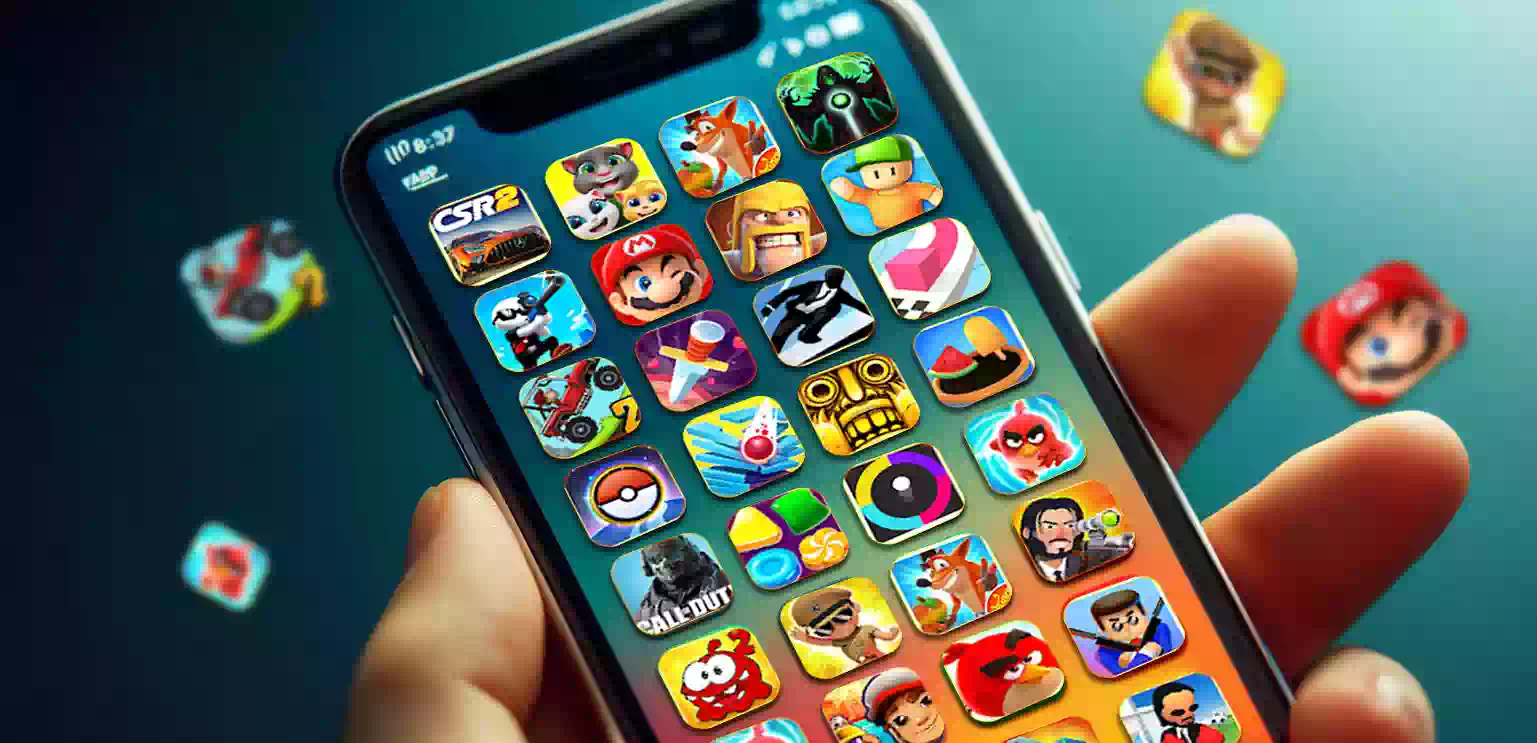Mobile Game Price Hikes: Factors Behind the Increase in In-App Purchase Costs
Over the past few years, mobile game price hikes and increasing in-app purchase costs have become a significant point of discussion within the gaming community. With mobile gaming rapidly becoming a dominant platform, players are noticing that what was once a relatively affordable gaming experience is now costing much more. But what are the driving factors behind this shift?
The Rise of In-App Purchases
In-app purchases (IAPs) have become the backbone of mobile game monetization. Game developers use them to offer additional content, power-ups, and exclusive items that enhance the player's experience. However, as developers focus on maximizing their revenue potential, the cost of these microtransactions has steadily increased. From cosmetic upgrades to powerful in-game assets, IAPs have become a core feature that players can’t easily bypass, contributing to the price hikes.
Increased Development and Maintenance Costs
Mobile game developers are facing rising costs in the development and maintenance of games. As mobile devices become more powerful, game designs need to keep up with these technological advancements, which requires additional resources and time. Furthermore, the long-term maintenance of games, including updates, bug fixes, and the introduction of new features, adds to the ongoing costs. These factors often result in higher in-app purchase prices to cover expenses and maintain profitability.
Market Saturation and Competition
With millions of mobile games flooding the market, developers are pressured to stand out by offering unique experiences and maintaining player engagement over time. To achieve this, many games now offer exclusive content and experiences that come with higher costs. As a result, the competition among developers can lead to price hikes as they try to balance attracting new players and retaining their current ones.
Influence of Premium Game Models
As mobile games become more sophisticated and complex, many are shifting from the traditional free-to-play model to a freemium or premium pricing model. This transition often involves higher in-app purchase prices, as developers aim to offer richer experiences with enhanced visuals, multiplayer features, and immersive storylines. Players are encouraged to spend more to access these premium features, and as the cost of these features increases, so does the overall price of mobile gaming.
Inflation and Economic Factors
Just like other industries, mobile gaming is not immune to economic pressures. Inflation and changes in the global economy have led to higher operational costs, from server fees to employee salaries. Developers are forced to pass some of these increased costs onto players, resulting in higher in-app purchase prices. This economic reality is a contributing factor to the ongoing trend of price hikes within the mobile gaming industry.
Regional Price Variations
Many mobile game developers adjust the price of in-app purchases based on regional markets. For example, countries with higher disposable incomes may see higher prices for in-game content, while players in lower-income countries may experience discounted rates. This pricing strategy aims to balance affordability with profitability, but it can contribute to the perception of price hikes, especially when users compare costs across regions.
Conclusion
Mobile game price hikes are driven by a combination of factors including rising development costs, market competition, economic influences, and the increasing importance of in-app purchases. While these price increases may be frustrating for some players, they are a reflection of the changing dynamics in the mobile gaming industry. As mobile gaming continues to grow, it's likely that these trends will persist, with players adapting to a more expensive, yet highly immersive, gaming experience.

